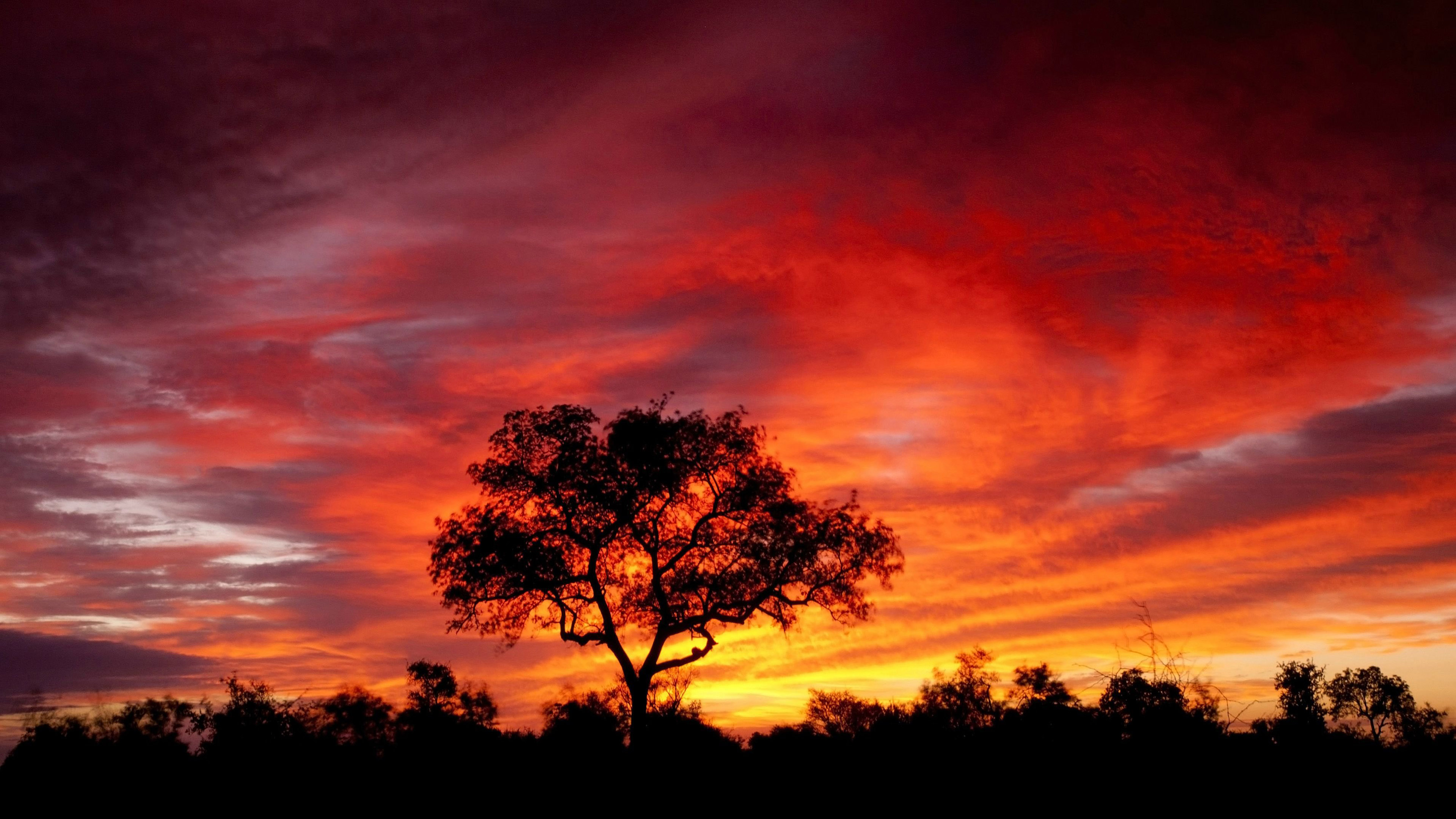

But the 2x converter reduces the aperture by two stops, thus the combined f-stop above is f/11.

The aperture will be set at the widest possible, which means f/5.6 here. Thus an exposure time of half a second or faster is sufficient. The above setup yields a total focal length of 800 mm: 500/800 = 0.625 seconds. Most importantly, the lens opening facing the Sun will be covered with "AstroSolar" folio, which in Finland you can buy, e.g., here.įirst, a word of warning: Do not look at the Sun without this folio! If you intend to use welding goggles, make sure they are at least factor 13 or darker! The sunlight can destroy your eyes, and you won't notice it at the time of observation, but only afterwards.Īs discussed recently with respect to photographing the Northern Lights, in order to prevent stars to appear elongated due to the Earth's rotation, the exposure time, in seconds, must be chosen to be less than 500 divided by focal length. The setup for the image above as well as the web cast will be as follows: a full-frame Canon EOS 6D will be tethered to a MacBook, and fitted with a 2x converter as well as a Tamron f/5.6 200-400 mm zoom lens giving an image of the Sun of a bit over 1000x1000 pixels. Here, I want to discuss a few technicalities, which will make a live web cast possible. The photo is a test shot to see how the equipment will perform during Sodankylä Geophysical Observatory's live webcasting of the solar eclipse on 20th March, 2015. See SGO's blog for more information.

Unfortunately thin clouds made observation and focusing difficult. Above is a photo of the Sun, taken on 4th February, 2015, at Oulanka Research Station.


 0 kommentar(er)
0 kommentar(er)
